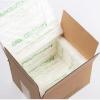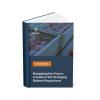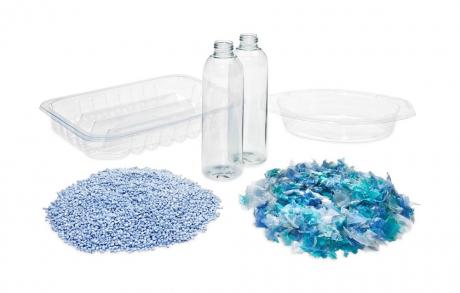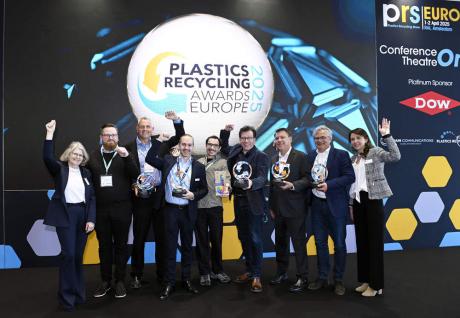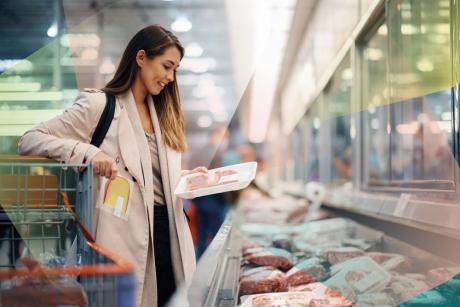New frontiers in sustainable packaging are emerging from Italian public research. The ENEA Laboratory for Innovation in Agri-food Supply Chains is carrying out pioneering projects to transform agri-food waste into biomaterials designed to become edible, biodegradable, and compostable films, thereby contributing to a more circular approach to resource management.
The design of these new packaging materials considers their entire life cycle, from production to disposal, with particular attention to compostability and end-of-life considerations.
These innovative materials are being developed in response to EU Regulation 2025/40, which aims to drastically reduce packaging waste by encouraging reuse and recycling. However, the reuse of packaging – especially in the food sector – presents critical challenges. ENEA stresses that hygienic safety must never be compromised.
Reusable packaging can only function effectively in closed, controlled environments – such as school canteens, airports or public buildings – where it is possible to ensure efficient systems for collection, washing, and redistribution.
In open environments, on the other hand, reuse may paradoxically increase the environmental impact and pose health risks to consumers. This is why ENEA promotes systemic design solutions that balance safety, environmental performance, and industrial efficiency.
The laboratory’s main activities span various applications, including the development of emulsions and biopolymers from agri-food waste, also through fermentation processes.
Technologies are used to separate and recover a range of biomolecules from wastewaters, classified as primary or secondary raw materials. These can be transformed through fermentation into biodegradable and compostable packaging (e.g. PHA-HV) and bioactive peptides with antihypertensive and antimicrobial properties.
Some extracted biomolecules, due to their antimicrobial characteristics, can also be embedded in membranes using electrospinning systems and/or incorporated into 3D printing inks to create bioactive packaging films, offering a sustainable alternative to conventional polymers.
Another key objective is to optimise material properties through comprehensive characterisation – assessing barrier performance, strength, and permeability – to ensure their suitability for food packaging applications.
This is achieved through the combined use of various analytical techniques (e.g. texture analysers, permeabilimeters, SEM, UHPLC, GPC, spectrophotometry) and high-resolution morphological analysis (e.g. via SEM), allowing researchers to study biofilm structures, interactions with microorganisms, and improve production processes.
The ENEA approach fits seamlessly into the paradigm of the circular bioeconomy and represents a concrete opportunity to reshape the future of agri-food packaging in Italy and across Europe.


